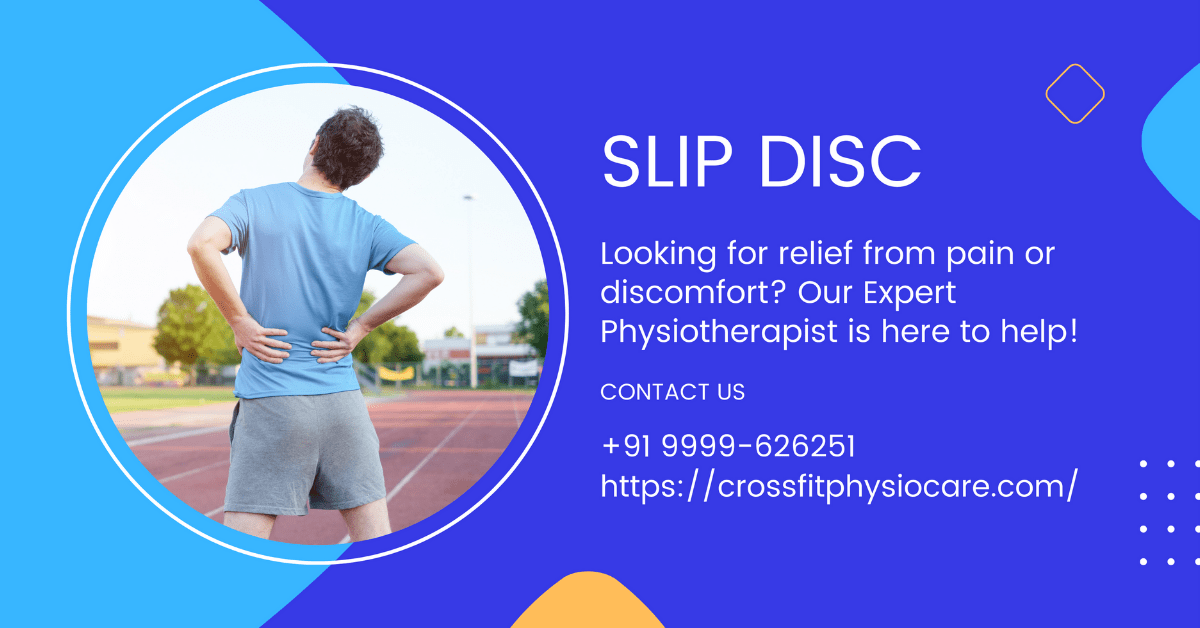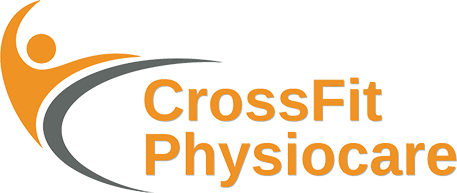
Slip Disc
A slipped disc, also known as a herniated disc or a disc protrusion, is a condition that occurs when the soft inner portion of a spinal disc pushes through a crack in the tougher outer layer. This can lead to compression or irritation of nearby nerves, resulting in pain, discomfort, and other symptoms. Slipped discs most commonly occur in the lumbar spine (lower back) or the cervical spine (neck).
Causes of a Slipped Disc:
Age Related Wear and Tear: As people age, the spinal discs can naturally lose water content, making them more susceptible to cracking or tearing.
Trauma or Injury: Sudden trauma or injury to the spine, such as a fall or a car accident, can cause a disc to herniate.
Repetitive Strain: Repetitive lifting, twisting, or bending motions can contribute to disc degeneration and herniation over time.
Symptoms of a Slipped Disc:
Pain: Sharp, shooting pain that radiates down the leg (sciatica) in cases of lumbar disc herniation. Neck pain and arm pain can occur with cervical disc herniation.
Numbness and Tingling: Sensations of numbness, tingling, or “pins and needles” in the affected limb.
Weakness: Muscle weakness in the affected area due to nerve compression.
Reduced Range of Motion: Difficulty moving the spine or the affected limb due to pain and discomfort.
Diagnosis and Treatment:
If you suspect a slipped disc, it’s important to seek medical evaluation. A healthcare provider, often an orthopedic doctor or a spine specialist, will typically perform a physical examination and may order imaging tests such as X-rays, MRI (magnetic resonance imaging), or CT (computed tomography) scans to confirm the diagnosis.
Treatment options for a slipped disc may include:
Conservative Measures:
Rest: Limiting activities that exacerbate pain and avoiding heavy lifting.
Pain Relief: Over-the-counter pain relievers and anti-inflammatory medications.
Physical Therapy: Targeted exercises to strengthen muscles and improve flexibility.
Heat/Cold Therapy: Applying heat or cold packs to alleviate pain and muscle spasms.
Epidural Injections: Injecting corticosteroids near the affected nerve to reduce inflammation and pain.
Surgical Intervention:
Surgery is considered when conservative treatments fail or if there are signs of severe nerve compression or progressive weakness.
The appropriate treatment approach depends on the severity of symptoms, the patient’s overall health, and the extent of nerve compression. It’s important to follow the recommendations of a healthcare provider and to consider consultation with a spine specialist to determine the best course of action for your specific situation.
- Daani Plaza E-595-596, 4th Floor, Ramphal Chowk Rd, Block E, Sector 7 Dwarka, New Delhi - 110075
- +91 99996 26251
- support@crossfitphysiocare.com
How can we help you?
If you are looking for the best and nearest physiotherapist, then click below to message us on WhatsApp.
